The Kentucky Coffee Tree - A Character Amongst the Shade Trees
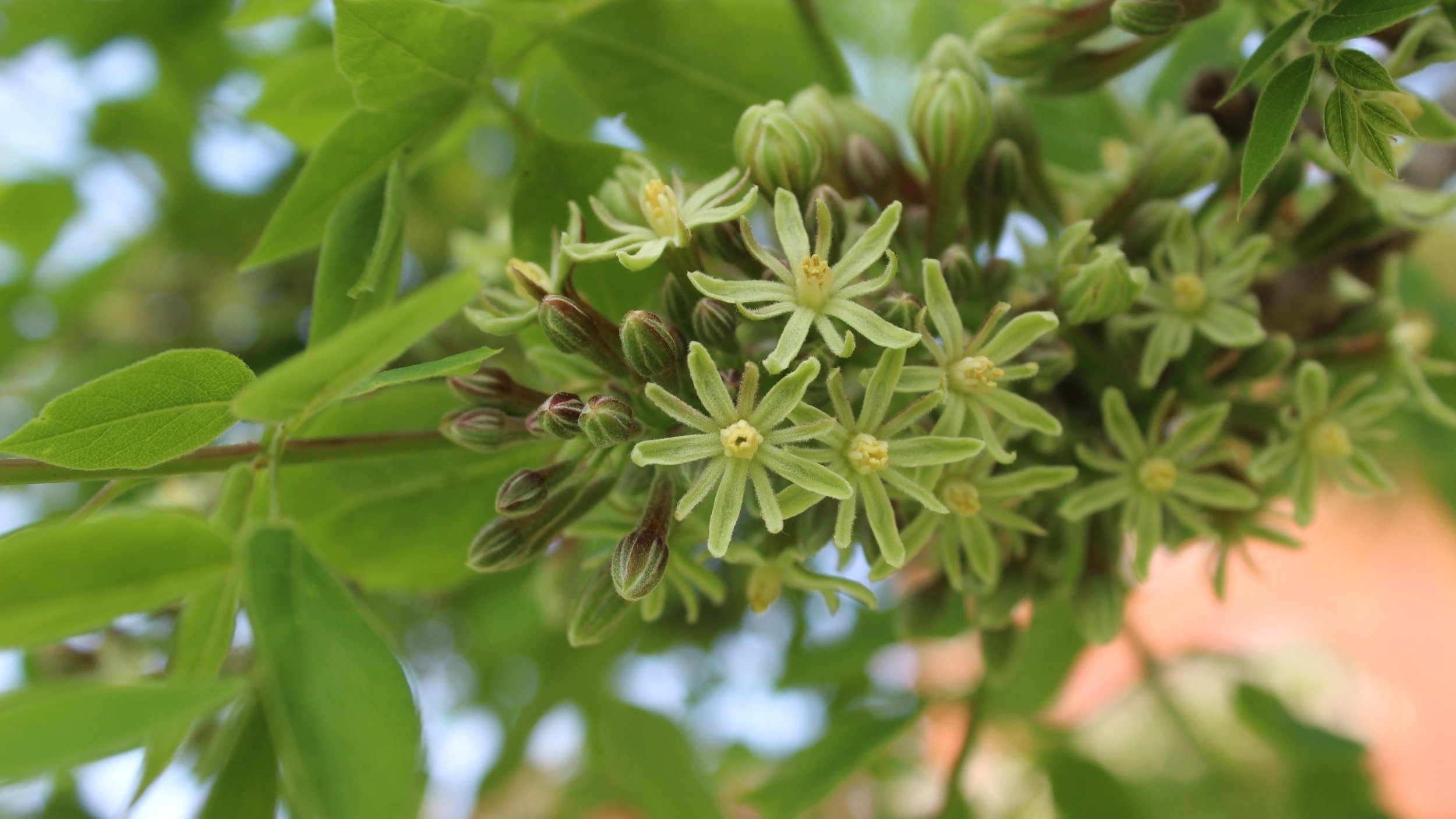
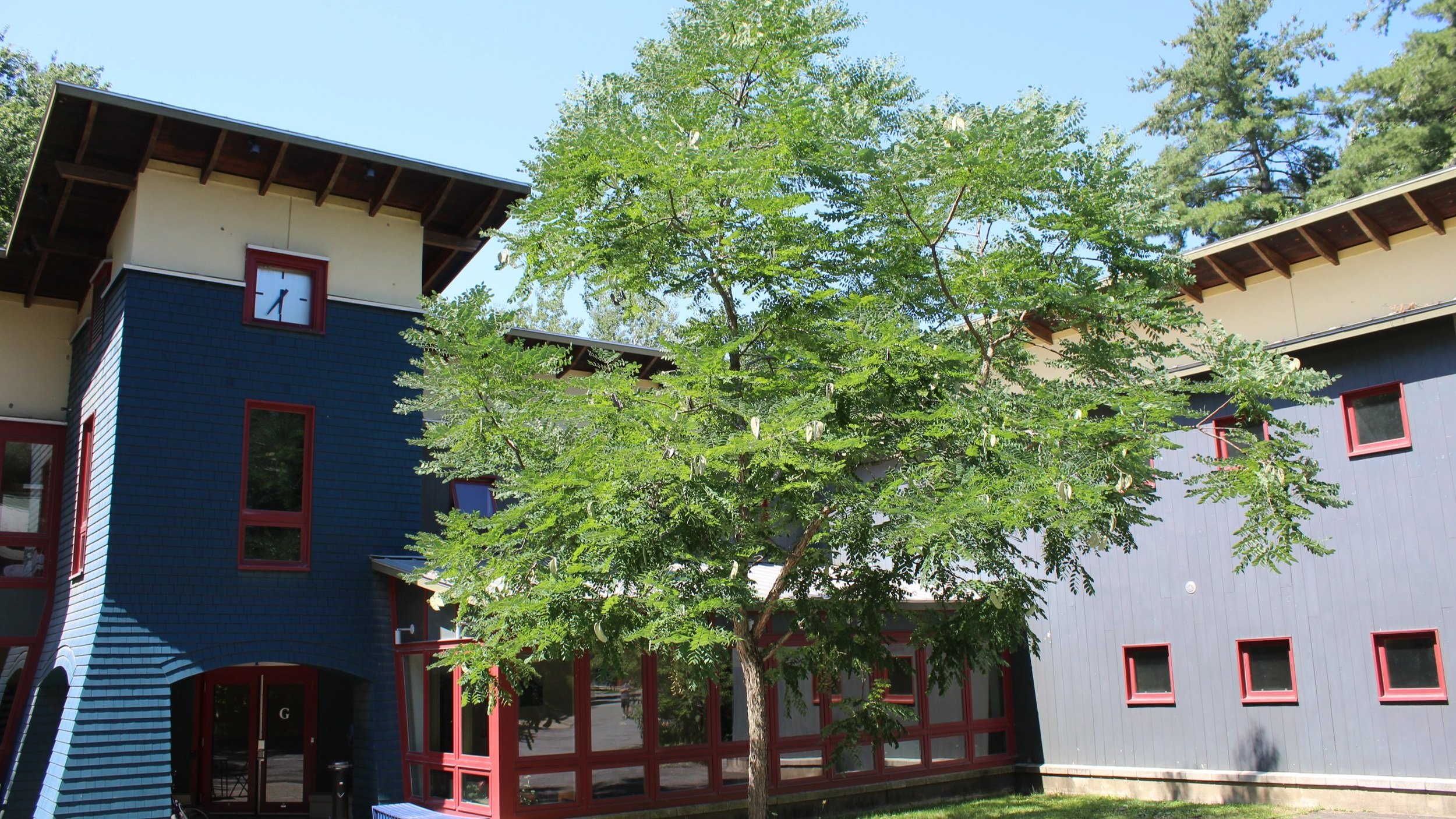
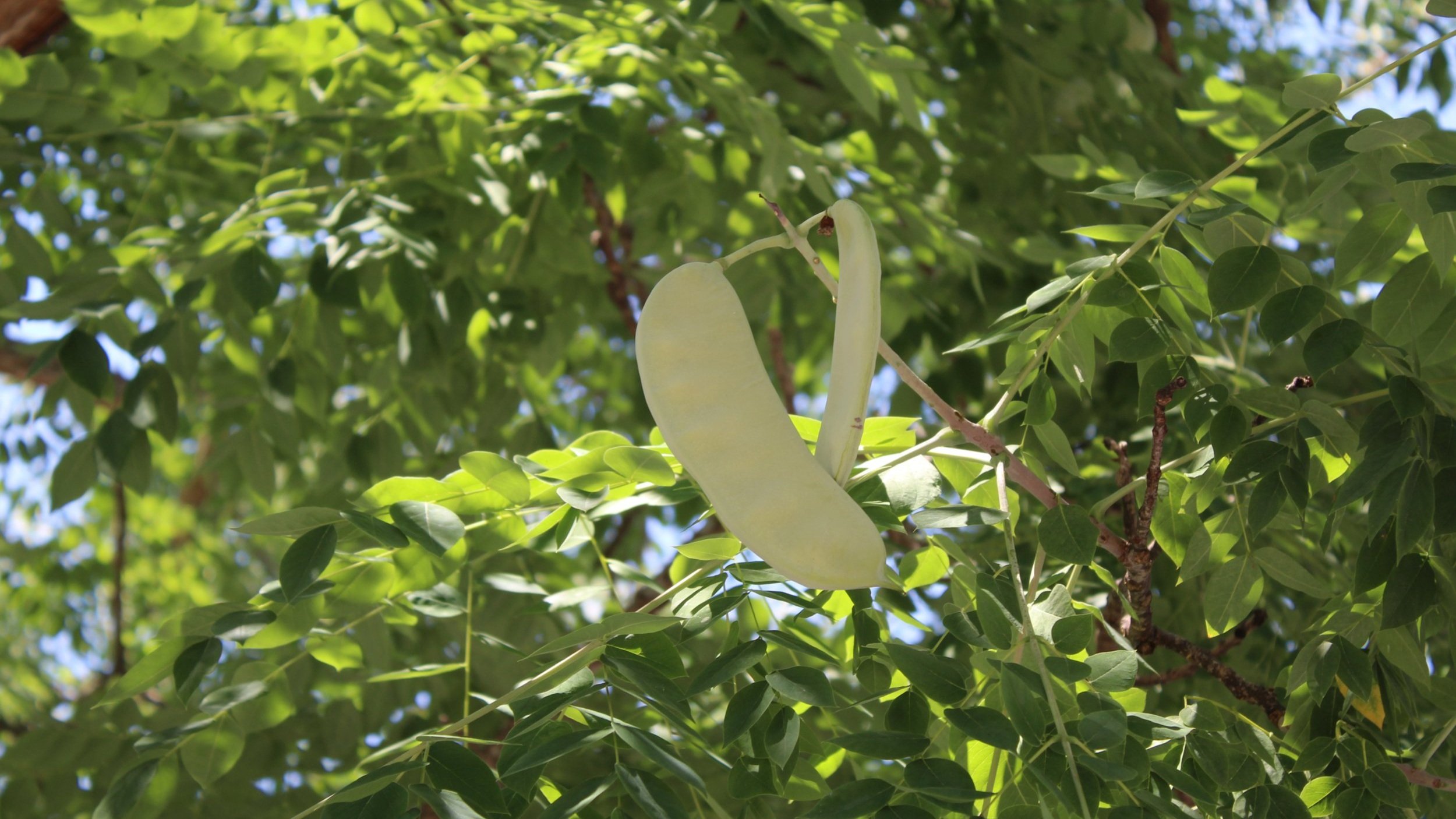
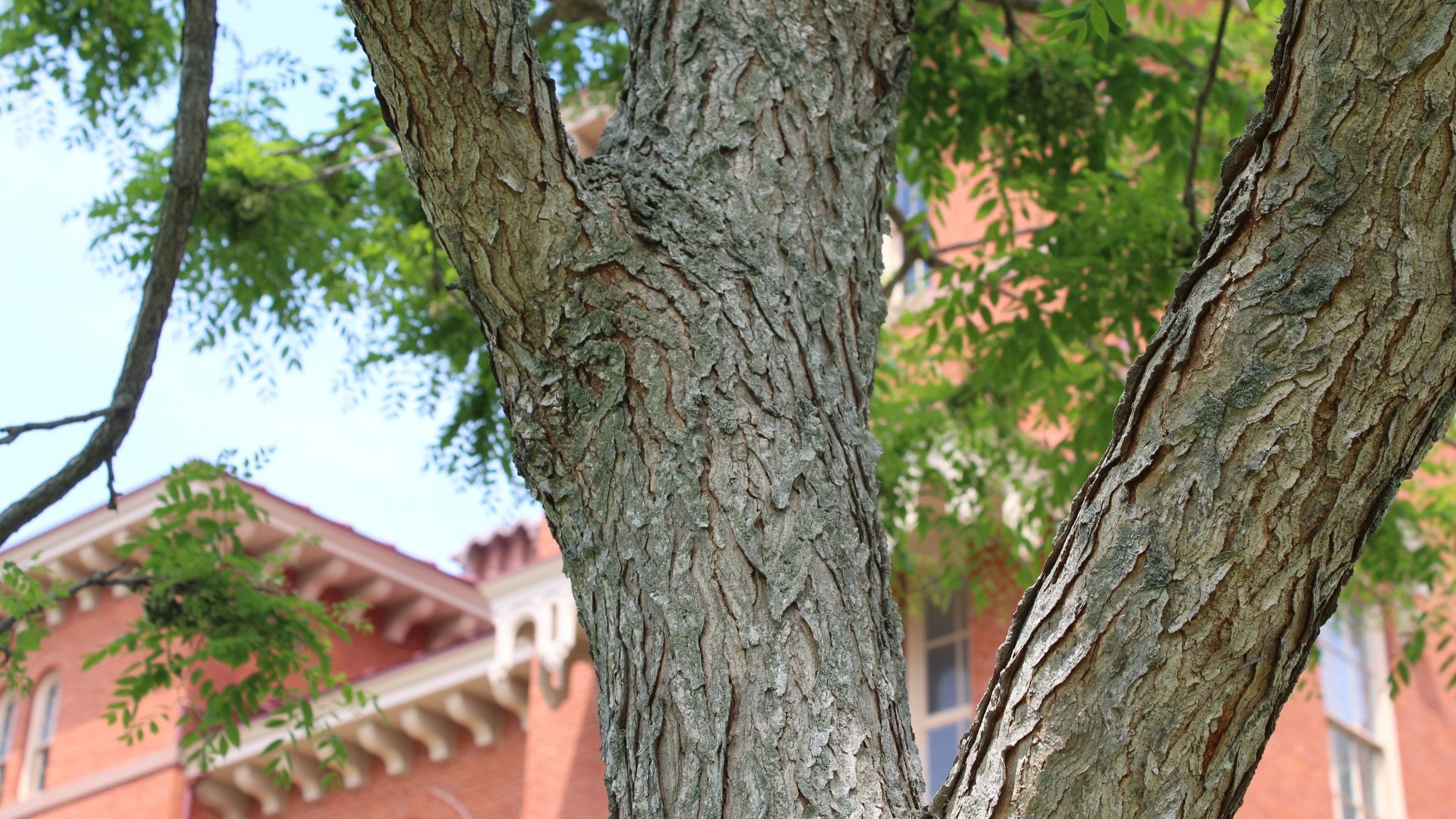
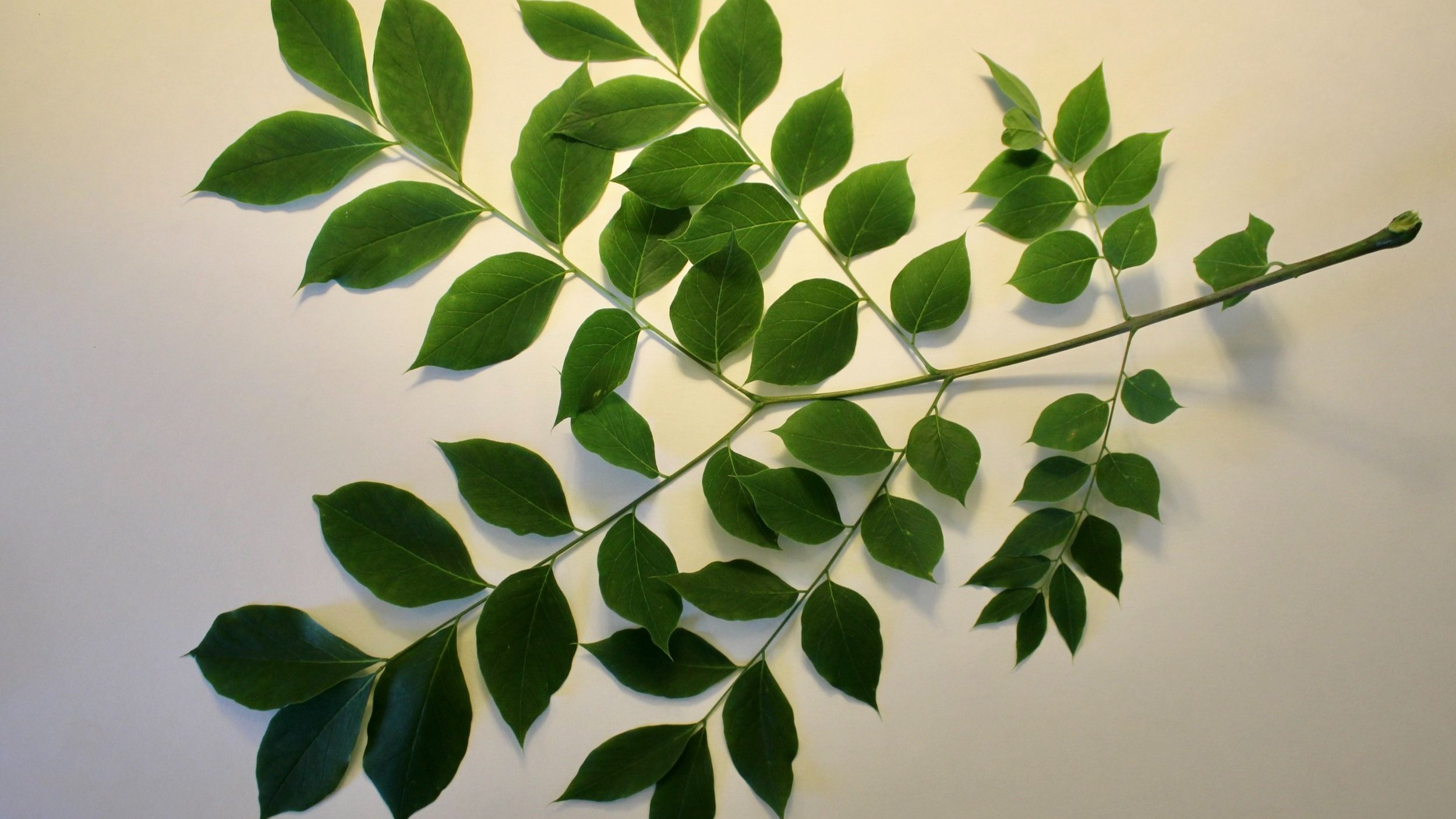
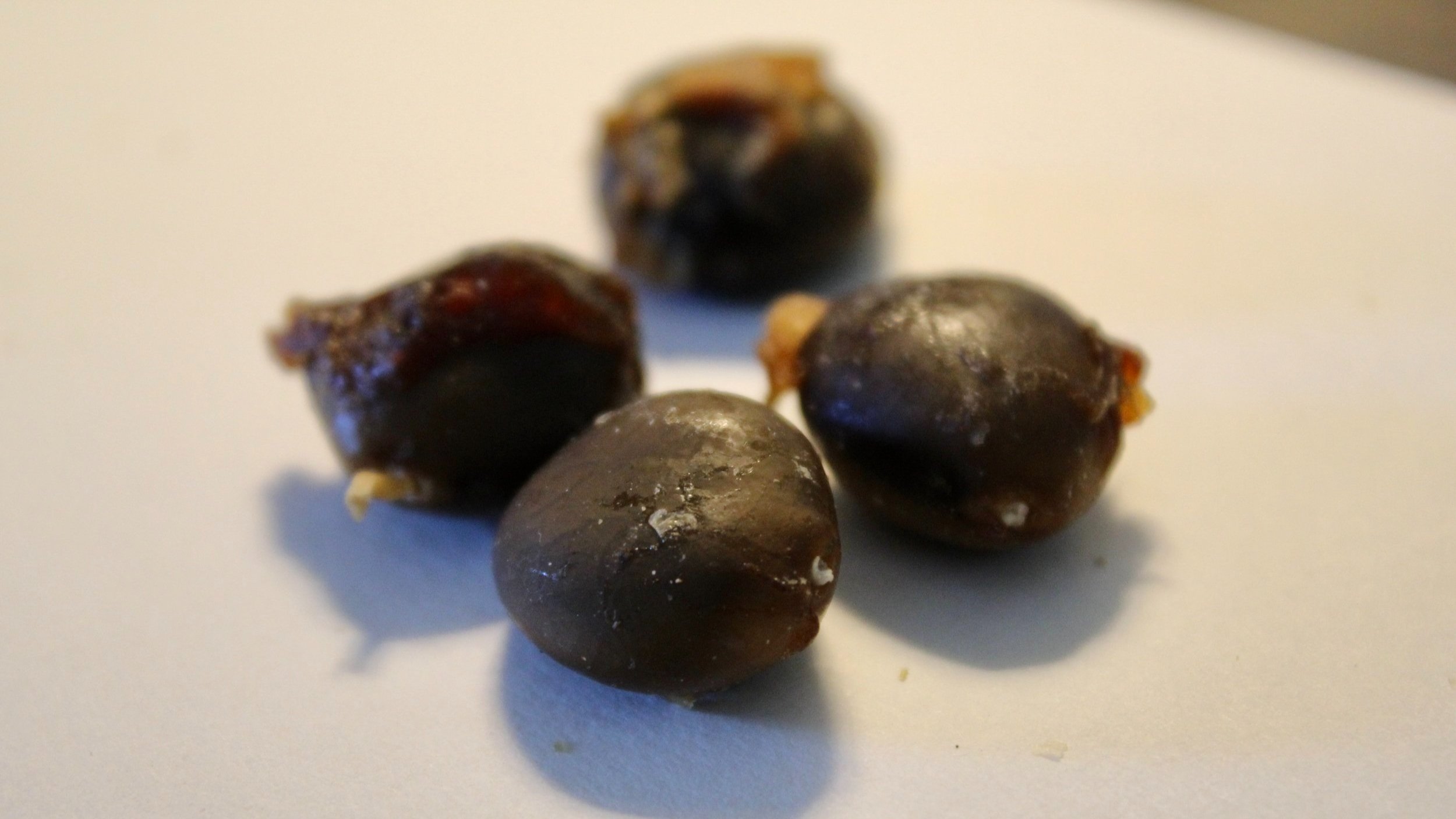
Native to the Midwest and the plains of the United States, the Kentucky Coffee Tree (Gymnocladus dioicus) is one of the more interesting long lived specimen trees we can grow in Newport. It certainly isn’t grown for any one definitive ornamental or cultural characteristic, like a dogwood is grown for its flowers, red maples for their fall color, or ginkgo for its 200 million years of inherited survival skills (among other things). In fact, I would be surprised if many people, even the most diehard tree lovers, could describe the flowers of a Kentucky coffee tree with much accuracy. You may be surprised that the blooms are quite beautiful, as are the many unique and curious features of this proud member of the pea family, Fabaceae.
The flowers appear in late spring, born on long panicles that emerge from axillary growth, and are often hidden by the foliage. The Kentucky coffee tree is usually dioecious, meaning male and female flowers are formed on separate plants. Our focus tree is a male, as the stamens are visible, with a female reproductive structure absent. Each individual flower is about an inch in diameter, soft whitish green in color, and holding 5 true petals that are flanked by 3-5 sepals. The petals are strap-like and have a slight curl at the tip. The fragrance is soft but pleasant, at least on the trees I’ve observed. Flowers are effective for an extended period because the inflorescence blooms sequentially.
Female trees develop clusters of large pods, starting out green and maturing reddish brown to brownish black. Each pod contains several hard seeds about the size of a robin’s egg. During the time of western expansion and settling of the United States, the seeds were ground down and boiled to create a coffee-like concoction, giving us the wonderful common name we know today. Interestingly, the seeds and leaves of this tree contain the poisonous compound cytisine. When roasted, the compound is broken down. Like catalpa or gingko, the fruits can be a nuisance when shed in the spring. Several male cultivars have been selected to avoid this issue.
The foliage is another fantastic attribute of Gymnocladus, often emerging later in the spring and scaring some people with the thought that they may never appear. The bright, blueish green leaves are bipinnately or doubly compound, with multiple leaflet-bearing axes (pinnae) emerging from the center midrib (Rachis). The leaflets are 1-3 inches long, ovate with smooth margins and an elongated, pointed apex. I counted 44 leaflets on a 16-inch-long leaf I removed. Fall color is often a nice golden yellow in cooler areas such as upstate New York and Vermont. In the winter, the bark takes center stage and for me, is the best identification characteristic of this species. Long, exfoliating plates of gray bark curl at the edges, creating an attractive pattern and giving the tree a reptilian look.
Kentucky coffee tree is durable, tolerant of many different soils, and possesses the upright branching habit and narrow form to fit seamlessly into various places within the urban forest. It should be more widely grown. A wonderful group of young trees along the outlet road at Aquidneck Park should be observed if you are interested in this species. If that doesn’t do it for you, a trip to see wild plants in the Midwest should be arranged!
